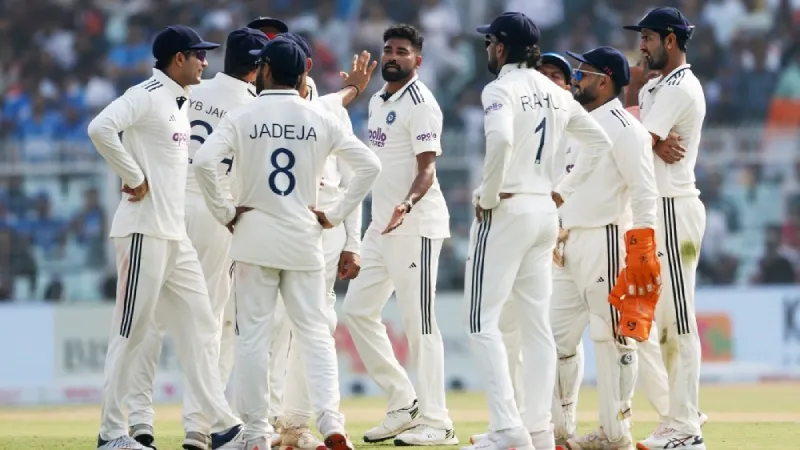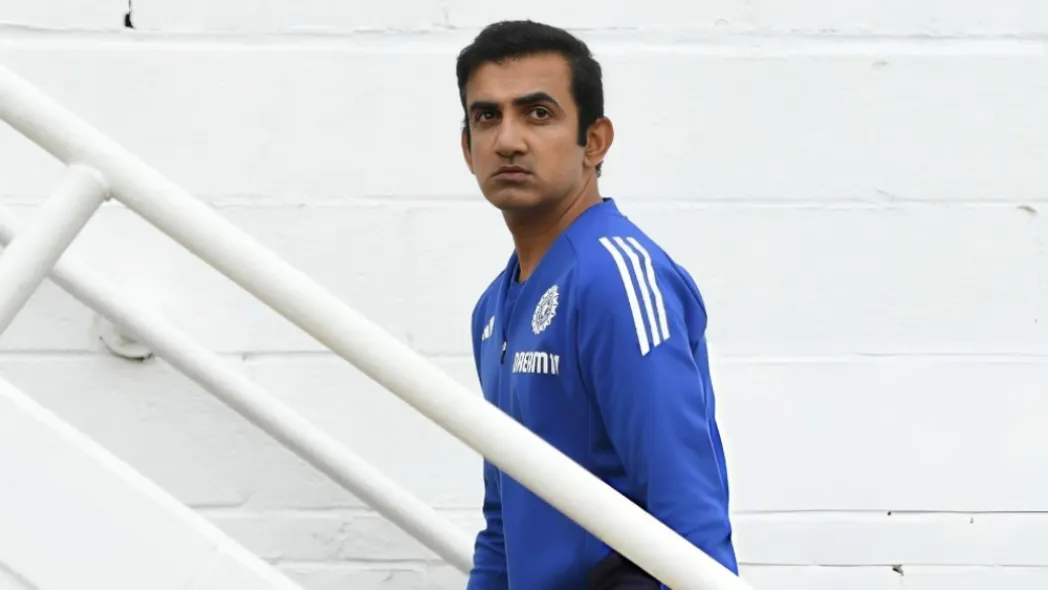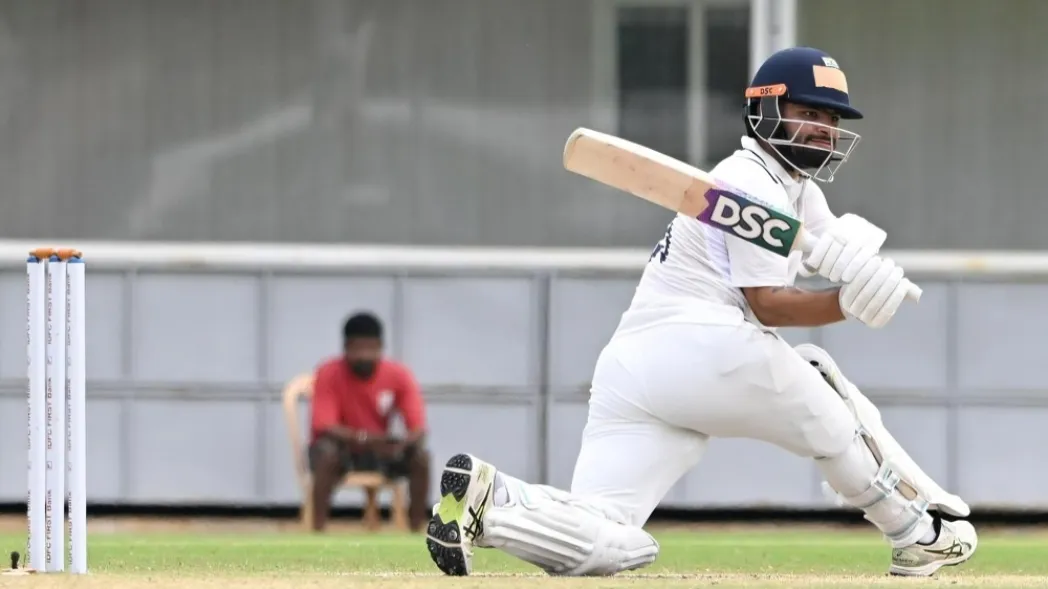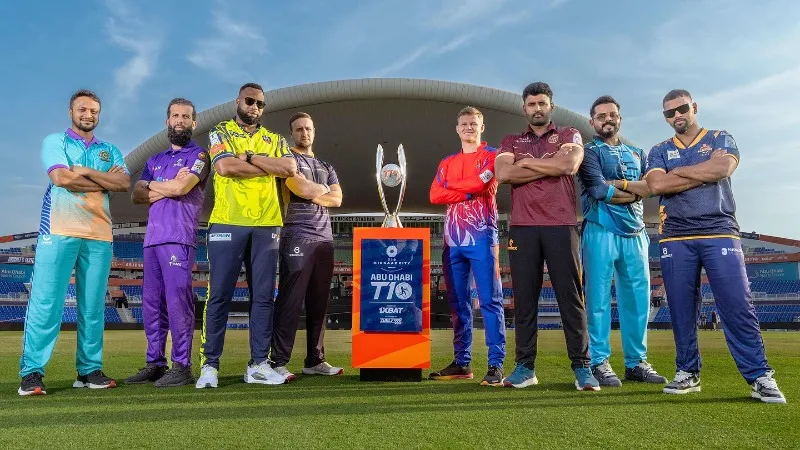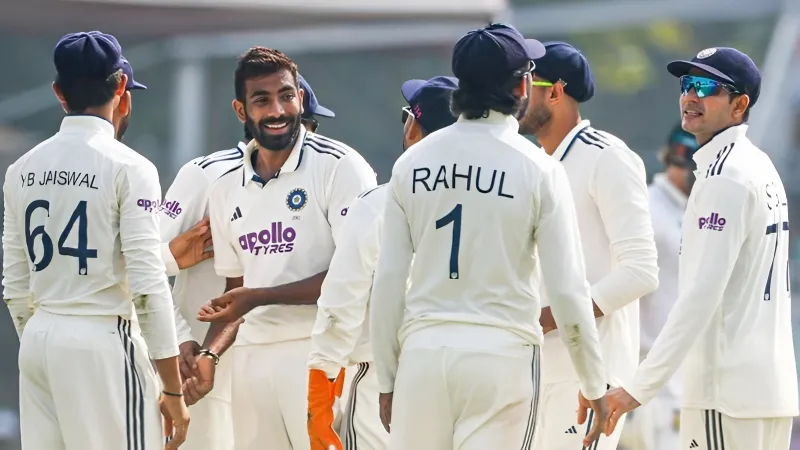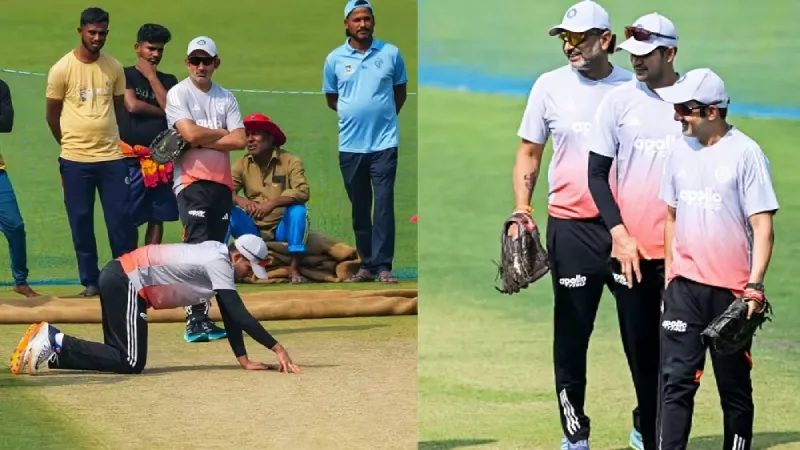In days of yore, when we’re not talking about centuries past, a visiting team getting a victory in India in a test match would have been akin to finding a comet. A rare occurrence; a wondrous thing; an event whose timing could only be described as impossible. However, South Africa’s 30-run victory over India at Eden Gardens did not seem like some celestial event. It seemed normal. And that is what should give us all pause for concern.
India, once the gold standard of home dominance, suddenly looks like a team caught between eras. A transition phase isn’t the problem; every great side goes through one. The problem is that India looks underprepared while everyone else looks overprepared.
Robin Uthappa’s blunt assessment lands harder because it strips away the comforting narratives: India has no locked-in third pacer, their home venues no longer intimidate visitors, and the team is chasing the WTC dream without asking the simplest question: are they built for it right now?
Missing Link in the Pace Chain
India’s bowling plans are essentially a two-man empire, Bumrah the architect, Siraj the enforcer. Beyond them lies a revolving door. Prasidh Krishna, Akash Deep, Mukesh Kumar, all talented, all promising, none yet the locked-in answer.
And this isn’t a luxury problem; it’s a structural fault. Modern Test cricket demands three reliable seamers not just for wickets, but for workload management and tactical variability. South Africa, Australia, and even New Zealand rotate seamlessly. India experiments endlessly. This isn’t a strategy, it’s speed-dating for pacers.
Touring Teams Now Study India Better Than India Does
Uthappa’s observation hits home: visiting teams play fewer domestic fixtures, meaning fewer distractions and more preparation blocks. India, meanwhile, is drowning in cricket bilateral, franchise, domestic, travel, rinse, repeat.
The result? Opponents arrive rested, studied, and strategically dialed in. India arrives with bags under their eyes and game plans that look copy-pasted from three years ago. When preparation time becomes a competitive advantage, suddenly home surfaces don’t feel all that homey.
The Danger of Random Home Venues
India is the only major Test nation that plays must-win matches like a touring side in their own backyard. Kolkata today, Ranchi tomorrow, Guwahati next week, Dharamsala in between, a geographical lottery instead of a calendar.
Test cricket thrives on familiarity, not surprise. Australia has fortress venues. England has heritage conditions. South Africa treats Centurion like a private hunting ground. India? They’re playing at a venue where they have never played a Test right before a crucial WTC cycle match. That’s not home advantage, that’s home confusion.
Kohli was right years ago: without fixed Test centers, you cannot curate conditions to suit strengths or unsettle opponents. You cannot build a long-term philosophy. You cannot claim home dominance if every Test feels like a first date.
India is Reliving Their 2011–2014 Identity Crisis
This current phase feels familiar, but with one twist: the world has caught up. Everyone fields fast-bowling depth now. Everyone trains for Asian conditions now. South Africa’s 2023–25 WTC triumph proved that adaptability, not dominance, is the new currency. India must again redefine their Test identity, this time in a more competitive era. The danger is not that India lost a Test at home. The danger is that the loss didn’t feel shocking.
If India wants to return to being a Test superpower, the blueprint needs a reset:
- Commit to fixed Test centers
- Groom a third pacer as a long-term project, not a short-term audition
- Reduce schedule overload to allow meaningful preparation
- Build a playing philosophy that lasts more than one series
The ingredients are all there: talent, depth, resources. What’s missing is direction. And Test cricket is unforgiving to teams that drift. The next two years of the WTC cycle won’t reward reputation. They’ll reward clarity. India must decide who it wants to be before the gap widens beyond repair.
Key Takeaway
India’s Test struggles aren’t about form, they’re about identity.
FAQs
1: Why is India struggling to find a third pacer?
Because replacements are being tested in short bursts rather than developed in sustained roles.
2: What advantage do fixed Test centers give?
They allow consistent pitch preparation, team familiarity, and strategic planning against visiting teams.
3: How close are the top Test teams right now?
Extremely close South Africa, Australia, England, India, and New Zealand are separated more by cohesion than by talent.
Disclaimer: This blog post reflects the author’s personal insights and analysis. Readers are encouraged to consider the perspectives shared and draw their own conclusions.
Step into the world of cricket with JeetBuzz News—where expert opinions, trending Blogs, and behind-the-scenes insights meet all your favorite topics. Stay informed, stay entertained, and never miss the stories shaping the cricketing world—only on JeetBuzz News!

